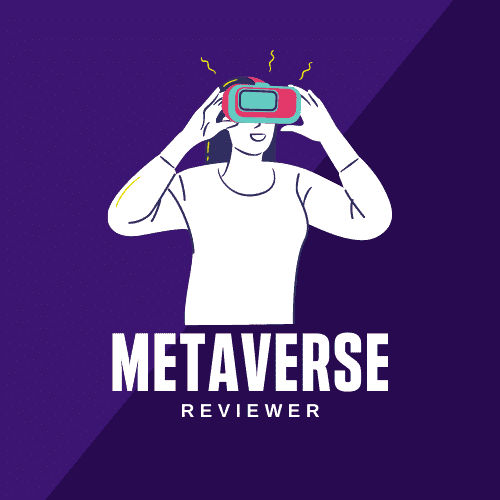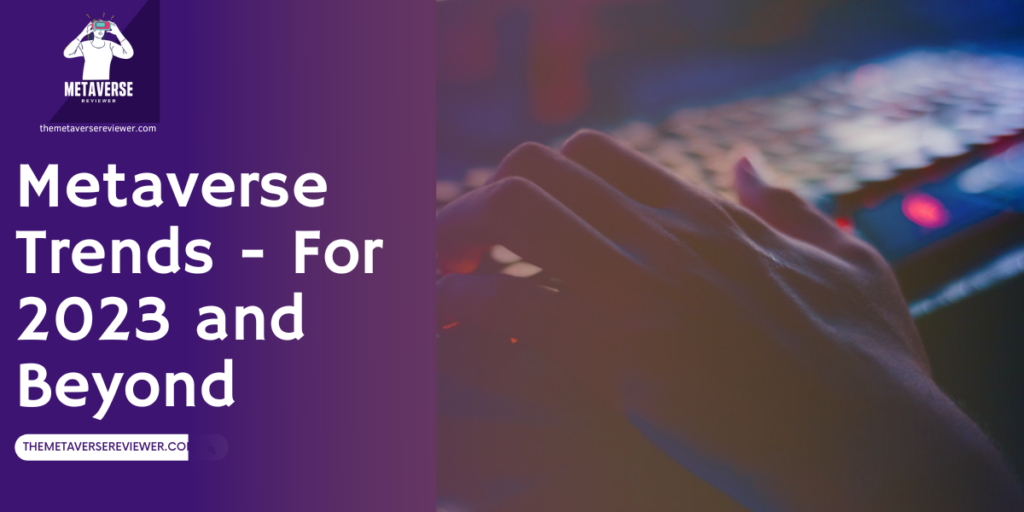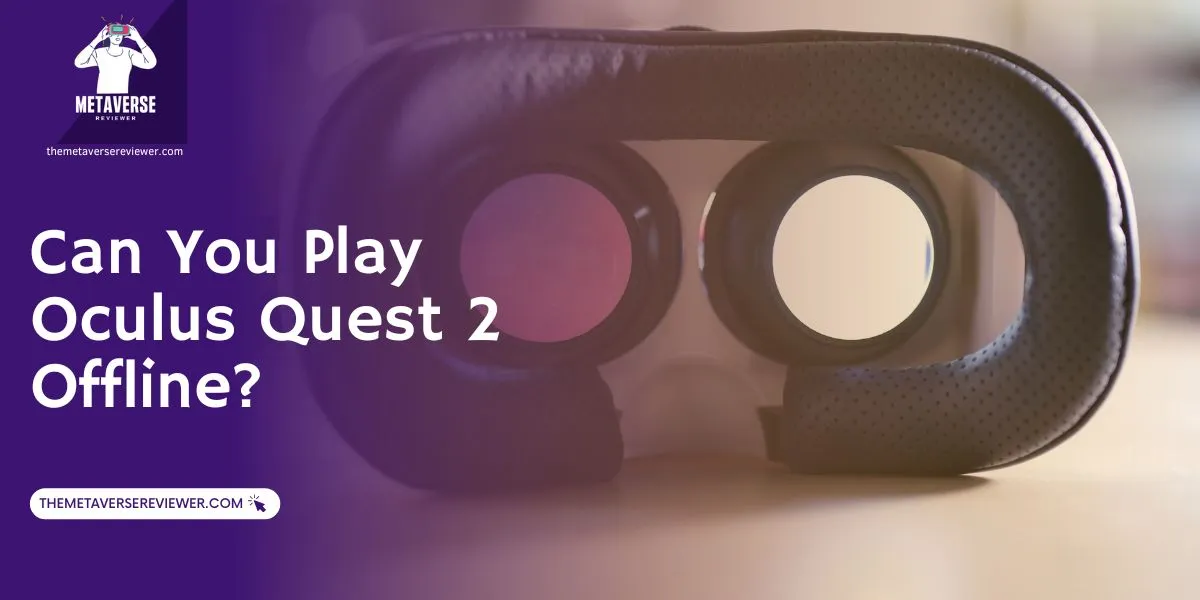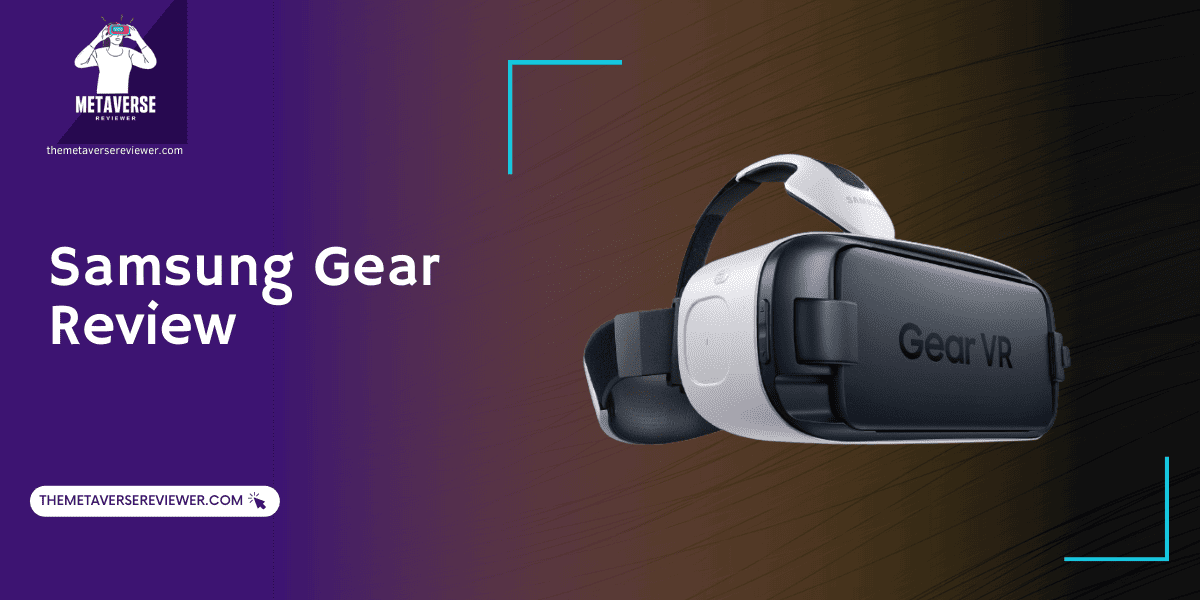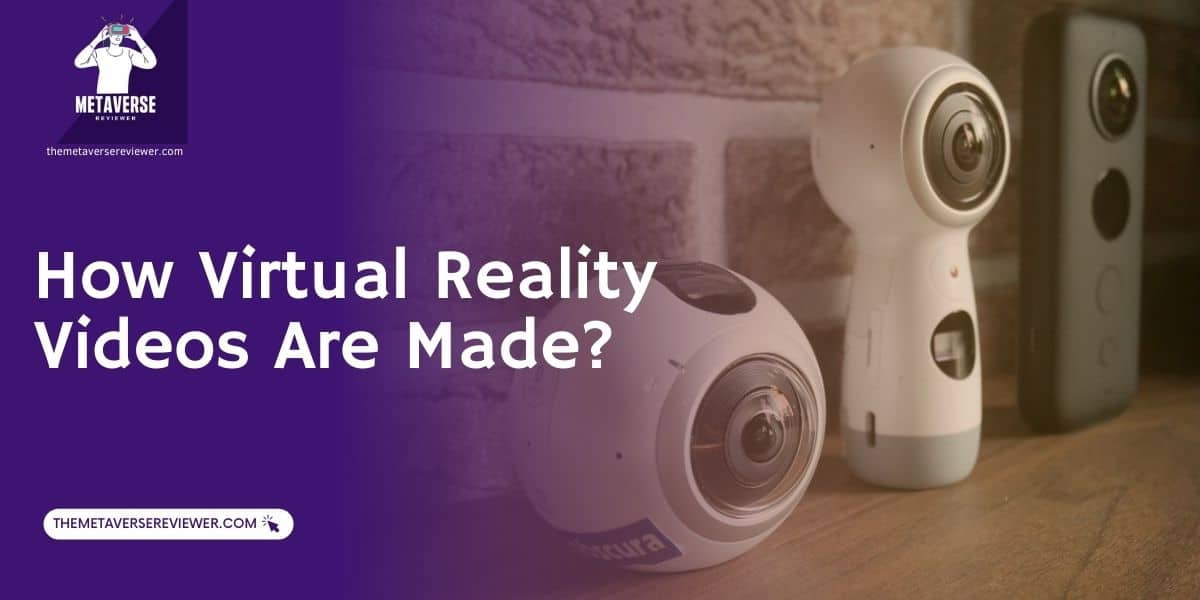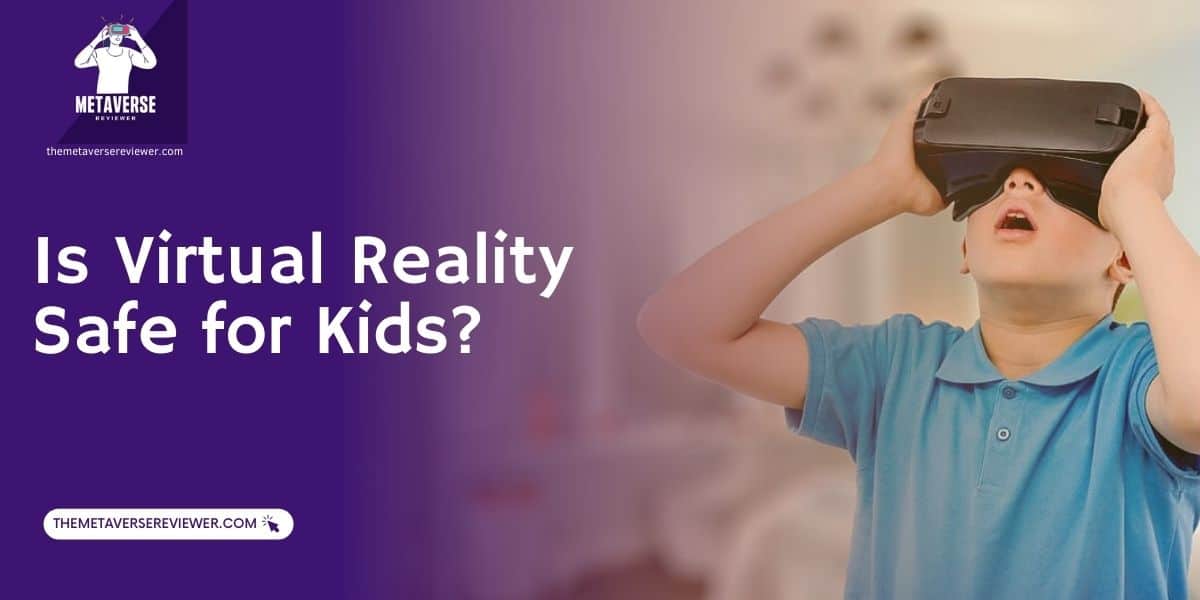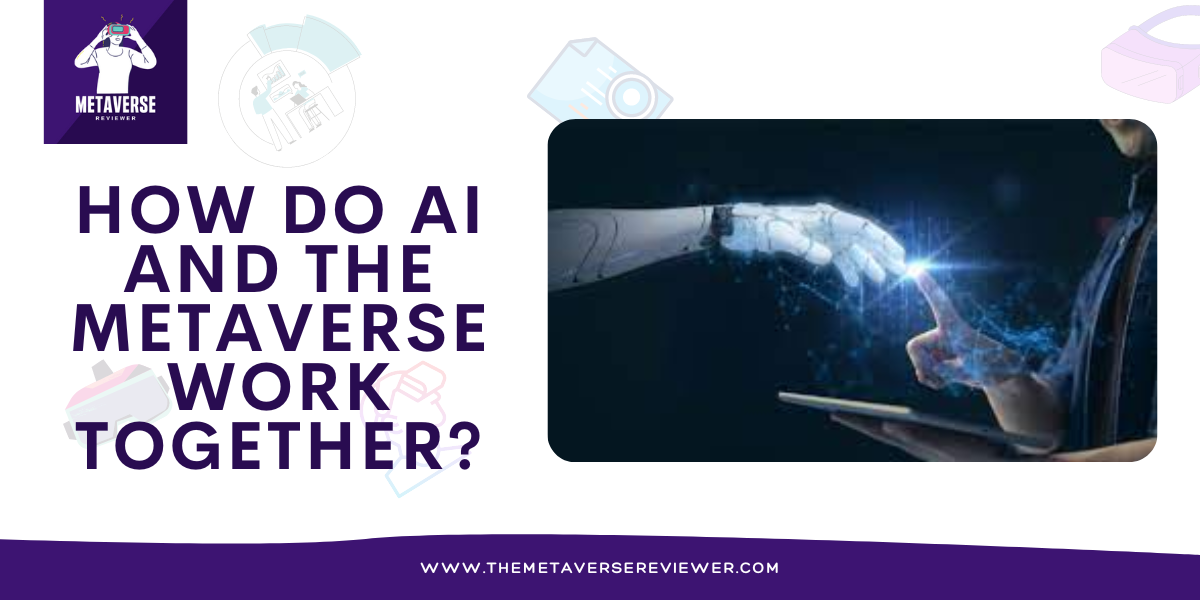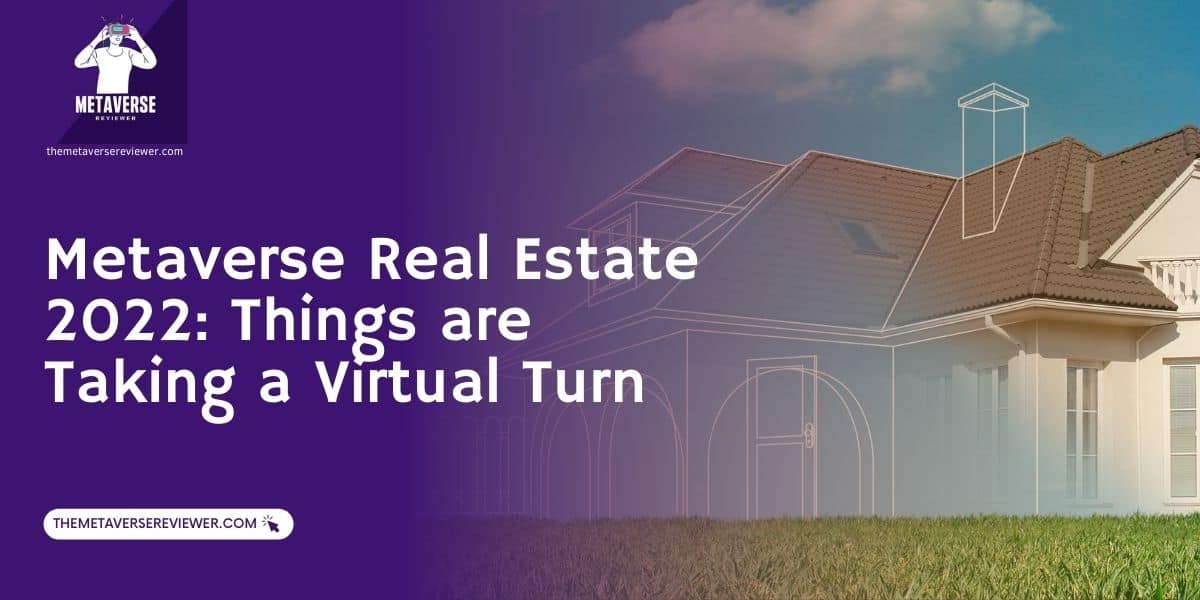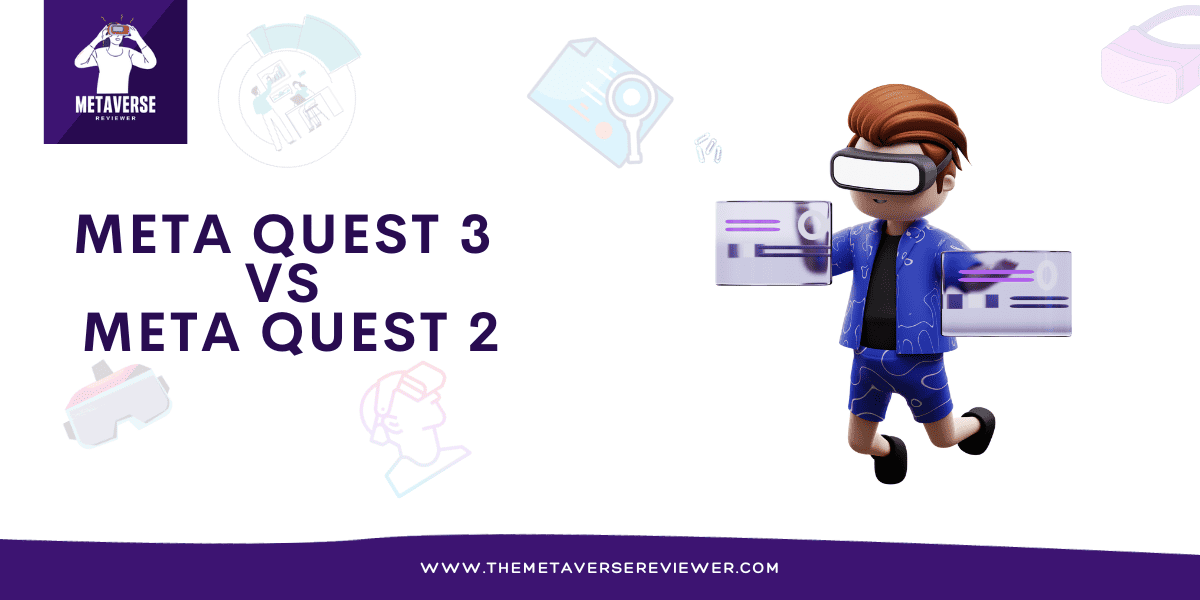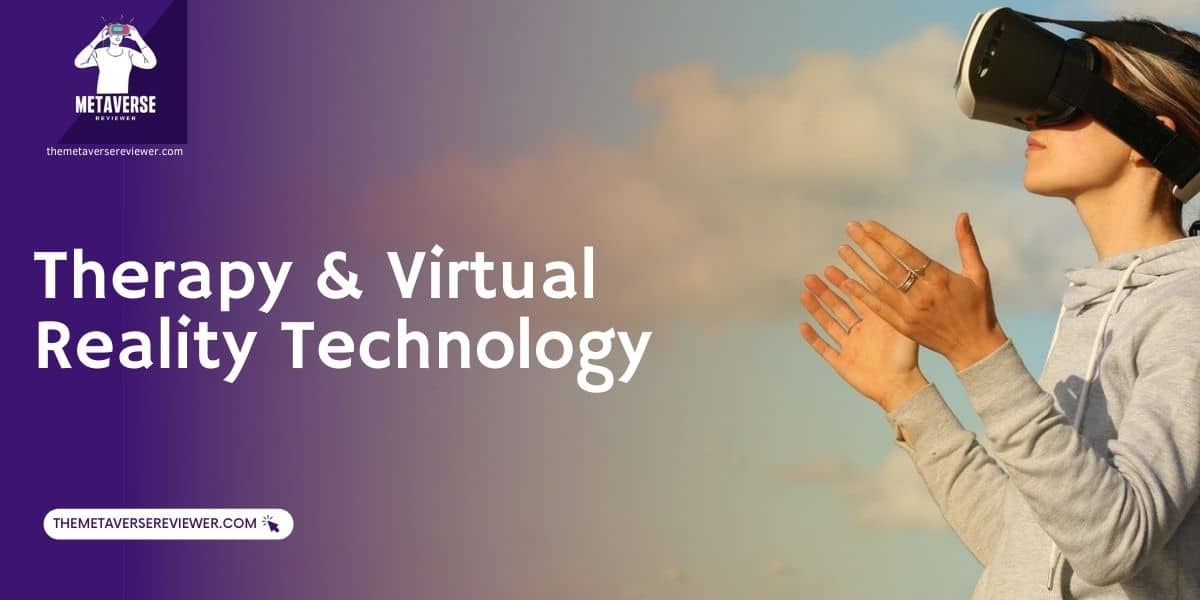The Metaverse is on everybody’s lips today, especially since Mark Zuckerberg announced Facebook’s rebranding into META. Giant companies including META, Amazon, Google, are making huge investments into the development of their own Metaverse projects. It is estimated that the global Metaverse market will reach $1.35bn by 2025. These numbers say a lot about how big the Metaverse will be. Although its technology is to some degree already incorporated in different industries such as gaming, education and even real estate, it is projected that these industries will be completely transformed as soon as the Metaverse becomes more mainstream and fully operational.
As we’re still learning what the technology can do for us, it looks like 2023 will play a decisive role in how the Metaverse will evolve.
But first things first, let’s make some things clear.
What is the Metaverse?
The Metaverse is a network of digital worlds played in 3D where visitors can socialize, work, train, shop, and play games in real-time via cutting-edge augmented and virtual reality technologies.
In the Metaverse, everybody will have their own digital avatar and will able to use it to access a wide range of fully immersive online experiences. Currently, we see Metaverse technologies being implemented in many different industries. However, as the concept is still in its infancy, its full spectrum of applications is yet to be defined.

The Metaverse timeline
It is widely believed that the history of the Metaverse dates back a decade ago, although the technology used in its creation was conceptualized and developed much earlier.
Briefly, the term Metaverse was first coined in Neil Stevenson’s novel Snow Crash, published in 1992. The term was used to describe a virtual reality where everybody would hide from a totalitarian regime.
However, digging deeper, in 1838, Sir Charles Wheatstone was the first to introduce a new concept of “binocular vision,” which used two images — one for each eye — to make a single 3D image. This led to the development of the stereoscope, whose technology lays at the foundation of the modern VR headset.
In 1956 Morton Heilig created the first VR machine, the Sensorama Machine. Then followed MIT’s Aspen Movie Map in 1970, which brought a new world of possibilities. VR could now offer people computer-generated tours.
The early 90s came with the introduction of VR arcade machines by SEGA. Then followed the first live NFL game with a yellow yard marker broadcasted by Sportsvision in 1998.
The Oculus Rift VR headset prototype was created in 2010 by an 18-year-old entrepreneur named Palmer Luckey, and the interest in VR has skyrocketed. In 2011, Ernest Cline published the runaway bestseller Ready Player One book. It later turned into a movie by Steven Spielberg in 2018.
The year 2014 marked a new trajectory for the future of virtual experiences. Facebook announced the purchase of Oculus VR in 2014 in a $2 billion deal. Sony and Samsung both announced the spearheading of VR developments. Google releases its first Cardboard device and Google Glass AR glasses. Microsoft, IKEA, Apple, and other big companies followed suit with new developments shaping the Metaverse we already have today.
The growing popularity of the Metaverse
Despite its constant progress throughout the years, only recently did the popularity of the Metaverse reach its highest peak. While it is still under development, everybody’s already talking about what Metaverse will be able to do.
There are certain reasons behind the growing popularity of the Metaverse:
- Immersive virtual experiences – thanks to VR and AR technology, people can immerse themselves into the virtual world and experience it in 3D just like in the physical world.
- Real-time experiences – the nature of the Metaverse is that everybody can access it whenever and communicate in real-time with the other visitors through their own avatars. People can participate in events, attend meetings, and lead normal lives inside the virtual space.
- Entertainment – The Metaverse opens the door to a new world of entertainment and economy. Visitors can attend virtual events, concerts, and games using VR and AR glasses despite being thousands of miles away in a different country or even continent. The advancements in 3D technology will open more possibilities to the creators whose only limit will be their imagination.
- Socialization – In the virtual space, people can easily interact with each other and make new friends.
- Business and commerce – The Metaverse presents a huge opportunity for modern business to expand their virtual presence, develop new product lines and optimize their internal processes across all silos such as HR, sales, customer care and marketing, and more.
- Personalization – It is the next big thing in the ecommerce landscape where services can be customized to their clients and the users can personalize their own avatars, digital objects, homes and experiences.

Latest Metaverse trends
The boom in Metaverse mergers and acquisitions doesn’t seem to stop. Over the last 2 years, they totaled $77 billion. There is no doubt that the Metaverse marks the beginning of a new era in technological development. Given that, we see new Metaverse trends emerge.
Here is a selection of the latest Metaverse trends that have been on everybody’s lips lately.
Corporate Solutions
The Metaverse is set to become a major trend in the business world.
According to Satya Nadella, the CEO of Microsoft, “The metaverse is here, and it’s not only transforming how we see the world but how we participate in it – from the factory floor to the meeting room.”
The workplace as we know it is expected to change in the next few years. As Bill Gates comments in his blog, “within the next two or three years, I predict most virtual meetings will move from 2D camera image grids…to the metaverse, a 3D space with digital avatars.”
What we’re experiencing today is 2D Zoom or Microsoft Teams meetings which are believed to soon be replaced with 3D virtual avatars that we could use to attend meetings in the Metaverse from any physical location in the world and interact with colleagues in real-time.
As businesses are looking for space in the Metaverse, one trend is particularly becoming apparent: VR and AR technologies are proving to be really successful within HR departments worldwide. Businesses can create virtual onboarding experiences that go beyond traditional onboarding and provide new immersive and interactive experiences for new hires. PWC, one of the big four accounting firms in the world, is using three to five headsets and taking it to career fairs at each university they are recruiting from. According to PwC’s talent identification leader, Carly Williams, “It allows them to feel like they’re sitting in one of our meetings, interacting with our employees in the break room or seeing our diversity and inclusion initiatives in action.”
Virtual onboarding in the metaverse opens the door to a wide range of interactive experiences, such as virtual tours of the company’s facilities, virtual interactions with the team members, and even virtual team-building activities. This proves to be extremely beneficial in working environments where employees are working remotely and the virtual online experiences help them create personal connections, among many others.
The technology can also be used for training and development purposes of employees. Employees can enjoy a safe and controlled environment to learn new skills or practice existing ones, and businesses can cut down costs associated with traditional training and development, while also providing employees with a more engaging and interactive learning experience.
In the Metaverse, customer, brand and product interactions happen in entirely new ways. Businesses can use it to build their presence virtually, create unique brand experiences, expand their customer base and enhance customer engagement. They can optimize their internal processes across all departments, cut down extra costs and become more profitable.
The trend we’re seeing today is quickly transforming the retail and ecommerce industries. With luxury brands like Gucci opening virtual shop experiences on Metaverse platforms, and Dolce & Gabbana launching exclusive digital clothing and NFTs, it won’t take long until we see other major brands and rising stars also launching into the digital world. Virtual storefronts, virtual showrooms and virtual events are just a few of the possibilities that brands can take advantage of. As the brands are learning to navigate their busineses in this new virtual reality, they also have to adapt their customer care strategies to meet the unique needs and challenges in the virtual space. And the Metaverse comes with a plethora of possibilities allowing every business to develop an omnichannel experience as well as to program virtual assistants and chatbots to provide personalized recommendations and product suggestions to customers, helping drive sales and enhance the customer experience.

Digital Identity, Proof
In this new digital realm, the need for digital identity and proof of identity becomes crucial. In the book The New Digital Age, Eric Schmidt writes that, “Identity will be the most valuable commodity for citizens in the future, and it will exist primarily online.” First and foremost, the Metaverse is populated by millions of users from all around the globe, and the number is only expected to grow. To establish trust in online interactions and transactions, it’s essential to be able to verify the identity of users. Digital identity refers to the collection of personal information that is tied to a specific individual, such as name, address, age, and other identifying factors. This information is often used to verify the identity of individuals in online transactions and interactions.
As the Metaverse is becoming so big and more integrated into our daily lives like never before, it becomes imperative to build a secure system of identity verification to prevent fraud, identity theft, and other malicious activities. Blockchain technology becomes one of the most significant trends in digital identity verification. It enables auditability, traceability and verifications in just seconds. Users have ownership of their identity and can control data sharing. Blockchain technology gives users a sense of security that their information will never be used without their consent.
Another trend that is getting momentum in digital identity proof is the advancement of biometric technologies to be used in biometric authentication, facial recognition and fingerprint scanning. This will add an extra layer of safety to identity verification to prevent fraud and other malicious activities. People will be able to use their voices, faces or other biometric authenticating measures to access sensitive data at work, make financial transactions and apply for bank loans.

NFT Crypto
NFTs or non-fungible tokens are quickly becoming one of the most exciting trends in the Metaverse. They have been sold at unthinkable rates making people virtual billionaires even Forbes keeps track of. The most expensive NFT ever (The Merge) was sold at a whopping $91.8 million during the month of December 2021.
An NFT is a type of digital asset that is unique and verifiably scarce. What NFTs do is they transform the way we think about digital ownership and value. They are a new way of creative expression, providing new opportunities for artists and creators in the Metaverse. NFTs provide a way for virtual assets to have real-world value, and for ownership of those assets to be verified on a blockchain network.
NFTs can represent a plethora of digital assets such as real estate, plots of land, digital art, collectibles and in-game items. For example, Italian luxury fashion house Gucci bought land on the Sandbox where it hosts its Gucci Vault, a “free-dimensional space for Gucci to place the precious wonders it finds that go beyond the confines of the House.”
In 2021 Snoop Dog started building his Snoopverse on the Sandbox platform. And someone has bought a plot of land in worth $450,000 to be his neighbour.
Those plots of land are NFTs.
And very soon, NFTs might outnumber websites, maybe even webpages.

Metaverse Events
Metaverse events are the next big thing because these events take place in virtual worlds or augmented reality environments and they offer participants the opportunity to engage with others from around the globe in a fully immersive, interactive experience like never before.
One of the main reasons Metaverse events are so popular is their accessibility. Virtual events are not limited by geography, and anyone can attend so long that they have an internet connection. Another reason behind the growing popularity of Metaverse events is the potential for new opportunities and revenue streams. With the rise of blockchain technology, it is now possible to create virtual goods and assets that have real-world value. This opens up a new economy that can be leveraged by event organizers and participants alike.
The interest in the Metaverse events will only be growing as more brands will start launching events in the virtual space to communicate with their existing customers, expand their customer bases and generate better visibility.
Some of the most popular and widely attended events in the Metaverse include –
The Metaverse Summit – an annual conference that brings together industry leaders and innovators to discuss the latest advancements in the industry.
Decentraland’s DAO Festival – a virtual music festival hosted on Decentraland which is a popular Metaverse platform based on blockchain. The event includes live music performances by artists such as Ozzy Ozborne, Soulja Boy, and others.
Closing Notes
The year 2023 will definitely play a decisive role in defining the trajectory of Metaverse developments. Although it is still under development, we’re already seeing a wide number of trends emerge in the nearest future such as business solutions for onboarding and training of employees, customer care efficiency and excellence in the virtual space, omnichannel customer experiences, digital identity proof, NFTs, Metaverse events, and more is yet to come.
- Oculus Rift DK2 Review – All Features, Why Discontinued? - November 8, 2023
- Best Metaverse Games for 2024 - July 10, 2023
- How to Factory Reset Oculus Quest 2 - June 24, 2023
